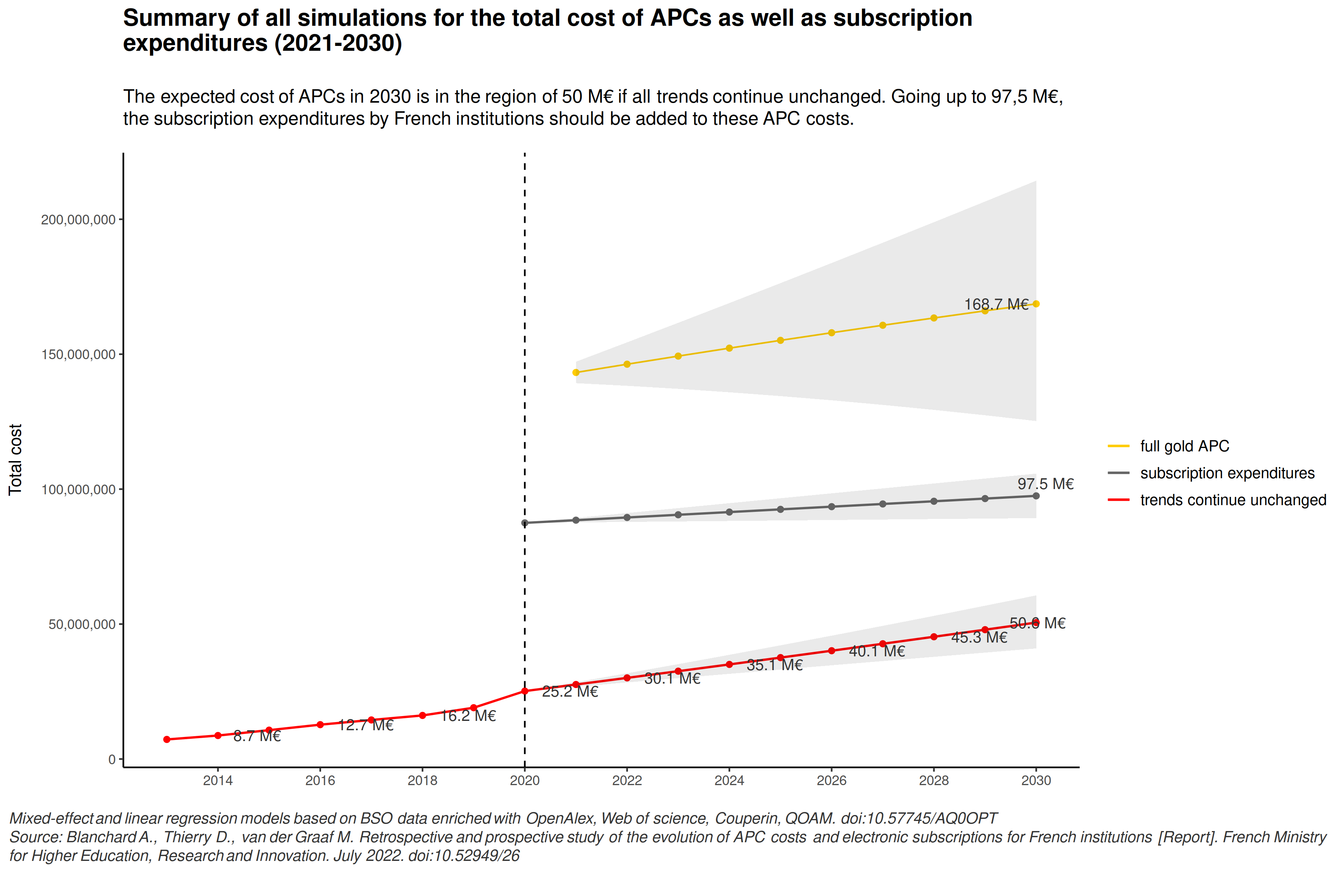The first Leo Waaijers Award
The first Leo Waaijers Award will be presented at the Open Science Festival on October 22, 2024. The Award is intended for a person or group that has taken a daring, innovative and/or impactful initiative in the field of Open Science in recent years. This initiative by the UKB is intended to highlight Open Science initiatives and thereby stimulate and inspire others. This new Award will be awarded periodically. If you are reading this and would like to nominate an Open Science initiative from someone or yourself, please complete this nomination form before September 1 and send it to ukb@uu.nl. We (the jury consisting of Saskia Woutersen-Windhouwer, Hubert Krekels and myself) will announce an initial selection in mid-September and the winner will be announced at the festival itself.
In the footsteps of Leo
Leo passed away unexpectedly last year, and his funeral showed how many people he had been a source of inspiration for. Tireless, always on the cutting edge, with bold, innovative proposals and actions. Combative, but always with humor and fun. With this Award we hope that others will follow in his footsteps and thus let his spirit and guts live on.





